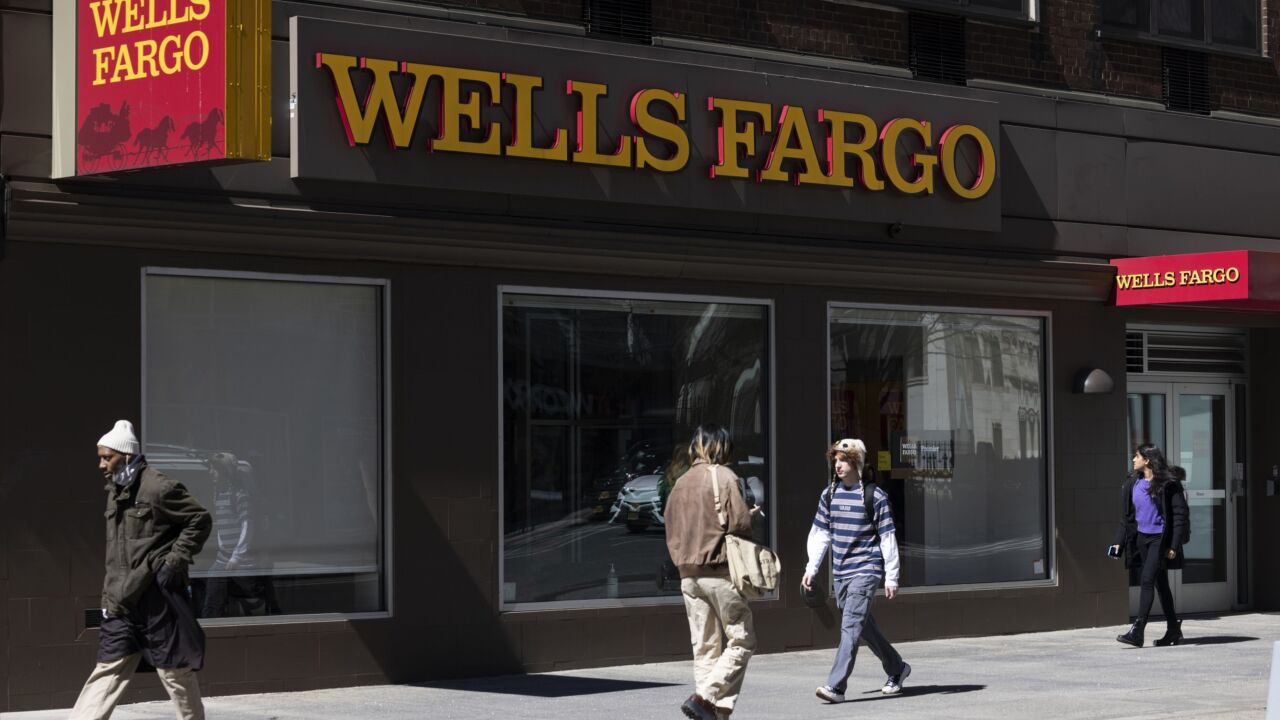The credit-tenant-lease structure (CTL) has survived the afflictions that have knocked some traditional private-market mortgage-related sectors out of contention.
Market observers point to the lucrative spreads accompanying this structure and said that in a credit-default scenario, CTLs offer better protection. Though not immune to private market difficulties, CTLs have responded well to buyside demands becoming a source for better premiums - CTLs traditionally carry a 25 to 75 basis-points-over-Treasurys premium.
"CTLs represent excellent value [and] over the last couple of years there has been a real rise of awareness," said one sellside source whose firm concentrates on the structure. "[The structure] has suffered but not proportionately as great as normal privates because they are the spot where you can get extra spread."
This demand for wider spreads on CTL structures stems from buyside concerns of private market illiquidity, along with the structure's lack of covenants.
However, a growing illiquid public market has quelled these issues and sellside sources said the premium demands are not as intense, particularly because investors can turn to the underlying value of real estate in a CTL, unlike real-estate deals that hit the public market.
Case in point: Rite-Aid Corp., which has issued between $1.1 million to $1.3 million in CTLs through the private placement market. The company has gone through recent credit woes and rating downgrades, said one sellside source.
Certain classes of its senior unsecured public corporate issues have traded as low as $.20 cents to $.30 cents on the dollar, whereas its CTLs have been marking anywhere from $.60 cents to $.70 cents on the dollar, the sellside source added.
"Let's say Rite-Aid goes bankrupt and they retract the lease, I still have this piece of real estate and it's worth something," said the sellside source. "Whereas if you are on the Rite-Aid public unsecured you might only get $.20 cents on the dollar in a bankruptcy."
Profiling the CTL Issuer
A typical CTL issuer originates from two sources: the pure real estate developer looking to build a building or an entity looking to displace real-estate concerns through a sales lease-backed, said one buyside source.
A real estate developer seeking construction financing will find the CTL option attractive because he can avoid the steep rates that accompany bank loans, generally a long-term option. To be sure, an issue structured as a CTL enables an issuer to enjoy rates based on the investment-grade credit rating of the lessee.
"He basically says to the lender, Come hell or high-water, I've got a triple-B or single-A rated company who can't walk away from this lease and I will put this lease in a trust,'" said the market source. "Instead of him borrowing under his own financing and putting the building as collateral - which to be perfectly honest, nobody wants anyhow - he gets his financing at the investment-grade corporate rate."
The National Association of Insurance Commissioners (NAIC) considers these leases "air-tight", as long as the person who actually owns the building is not responsible for any problems that might arise on the property, as in the case of a triple-net lease, the source added.
This relative strength of CTLs when compared to traditional private placements, is also attributed to the continued pressure on corporate balance sheets, especially in the face of a general earnings slowdown, said another sellside source.
In the case of a bank with a number of branches, the source illustrated, the bank might not want to delve into the real estate industry. Nonetheless, though the option of owning branches is not attractive for the banker, these properties are necessary.
Through a sales lease-backed structure, the bank gets its money back on the property and also keeps the transaction off the balance sheets, explained the market source. The lease also makes sense for corporations because it's an asset they really want to have but might not want to wait until their assets finance it, he added.
"The whole thing is that you have these bankruptcy-remote entities, which boils down to you have to have a trust," said the source. "Should the corporation on the [borrowing] end go under, you still have this entity that owns the building that can't be touched by the bankruptcy.





